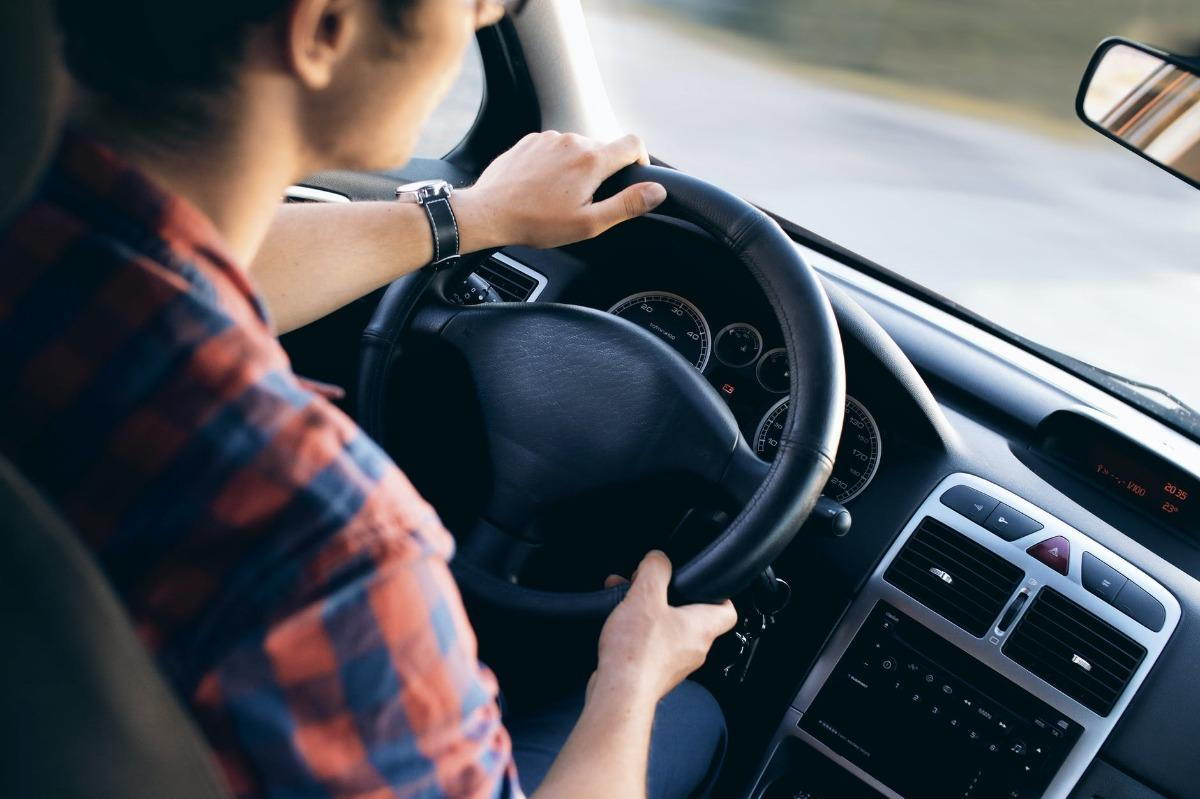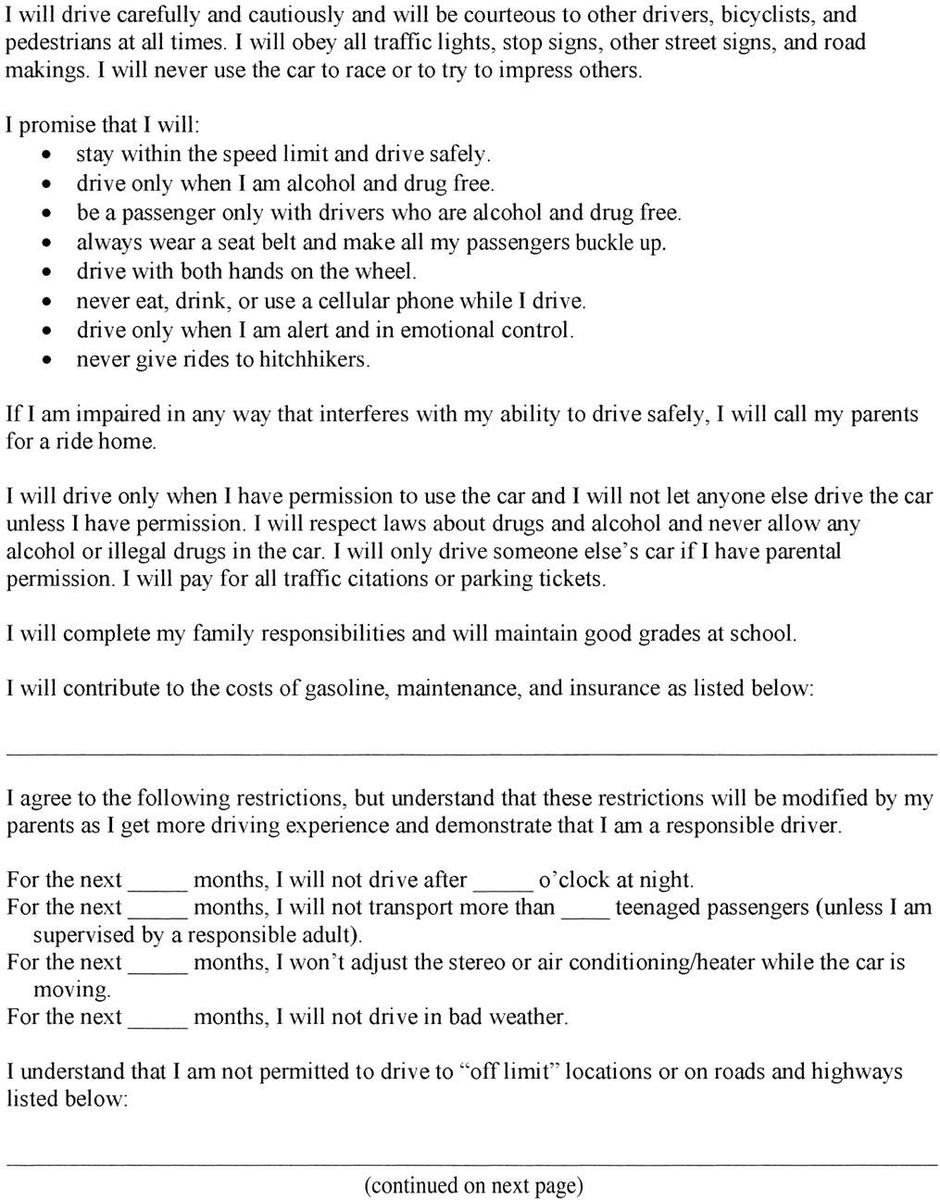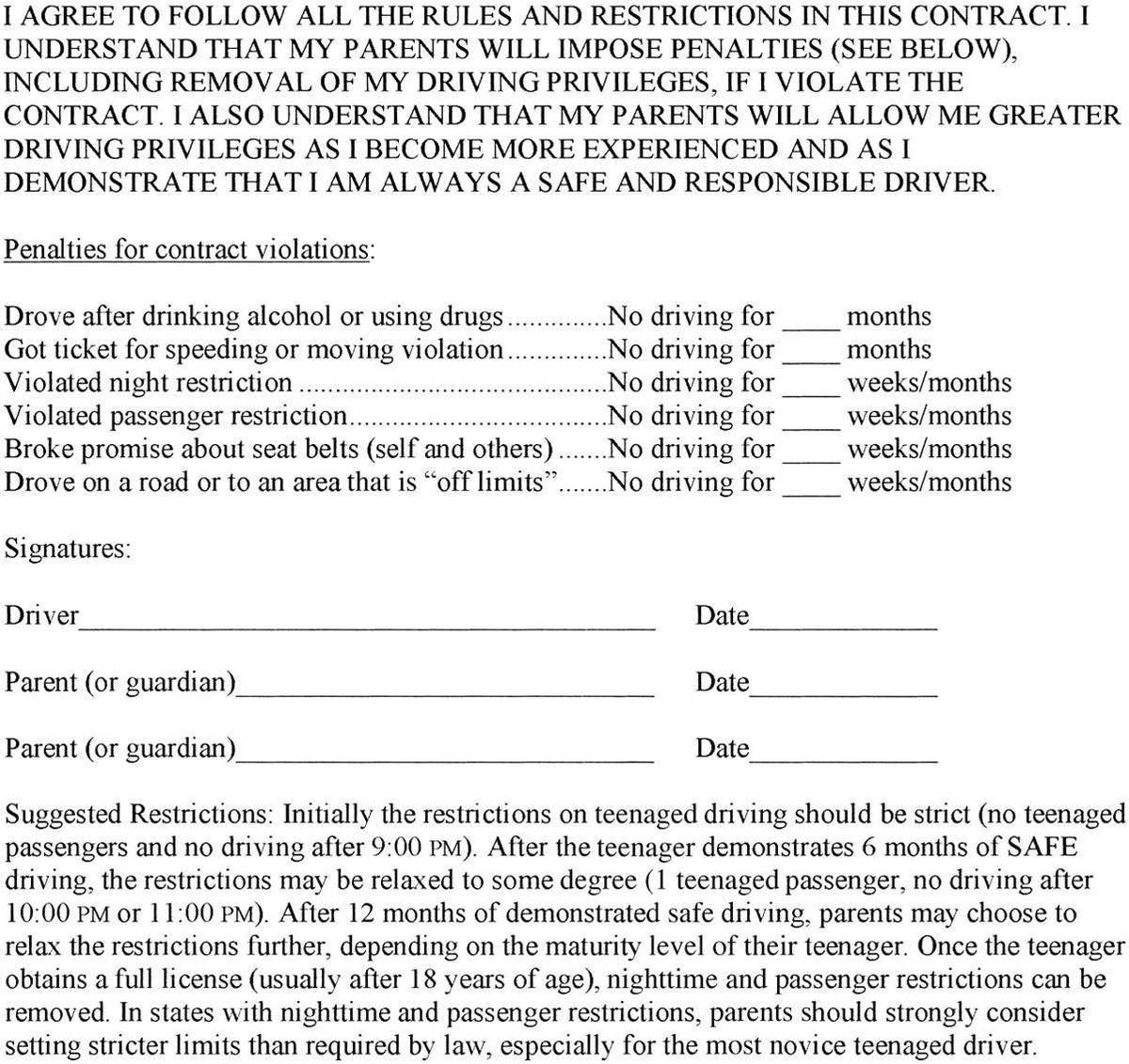Teen Driving Safety

- posted: Sep. 01, 2020
Learning to drive is an important skill to acquire and a major milestone in developing independence. Teens driving themselves can free up some of your busy schedule by not having to shuttle them back and forth to their many activities. However, it can be scary to think of your child being out on the road with motor vehicle accidents as the leading cause of death in teens and young adults. To ease your fears, we have provided some recommendations so your teenager can be as safe as possible while driving. We encourage you to discuss these matters with your teen.
Instructions for parents:
Model safe driving for your teen- wear your seat belt, no texting and driving, no weaving in and out of lanes, etc.
While your teen is learning to drive, make sure they get the needed observed driving hours required by the DMV. It is recommended they practice in a variety of scenarios: on both surface streets, the highway, in the rain, and at dusk.
Review basic car maintenance such as using jumper cables and changing a tire.
Review how to read a map.
Consider having your teen take a driver education course.
Consider having your teen agree and sign a driving safety contract. See below for an example.
Instructions for teenagers:
Always wear your seat belt.
No talking, texting, or app use while driving. If the phone is being used as a GPS enter in the destination before leaving, review directions ahead of time, and have phone on a hands free mount.
If listening to music, make sure the volume is not too loud so you can hear emergency vehicle sirens or another car’s horn.
Leave plenty of space between the car in front of you.
Follow the speed limit.
Turn the car lights on when it is raining.
Keep the windshield clean inside and outside to prevent glare from the sun.
Only drive when you are alcohol and drug free.
Do not drive if you very tired, upset, or angry.
EXAMPLE DRIVING SAFETY CONTRACT


We are here for you if you have any specific questions or concerns regarding your teen's readiness to drive. Feel free to reach out. Another helpful resource is this website from the American Academy of Pediatrics.

- posted: Sep. 01, 2020
Learning to drive is an important skill to acquire and a major milestone in developing independence. Teens driving themselves can free up some of your busy schedule by not having to shuttle them back and forth to their many activities. However, it can be scary to think of your child being out on the road with motor vehicle accidents as the leading cause of death in teens and young adults. To ease your fears, we have provided some recommendations so your teenager can be as safe as possible while driving. We encourage you to discuss these matters with your teen.
Instructions for parents:
Model safe driving for your teen- wear your seat belt, no texting and driving, no weaving in and out of lanes, etc.
While your teen is learning to drive, make sure they get the needed observed driving hours required by the DMV. It is recommended they practice in a variety of scenarios: on both surface streets, the highway, in the rain, and at dusk.
Review basic car maintenance such as using jumper cables and changing a tire.
Review how to read a map.
Consider having your teen take a driver education course.
Consider having your teen agree and sign a driving safety contract. See below for an example.
Instructions for teenagers:
Always wear your seat belt.
No talking, texting, or app use while driving. If the phone is being used as a GPS enter in the destination before leaving, review directions ahead of time, and have phone on a hands free mount.
If listening to music, make sure the volume is not too loud so you can hear emergency vehicle sirens or another car’s horn.
Leave plenty of space between the car in front of you.
Follow the speed limit.
Turn the car lights on when it is raining.
Keep the windshield clean inside and outside to prevent glare from the sun.
Only drive when you are alcohol and drug free.
Do not drive if you very tired, upset, or angry.
EXAMPLE DRIVING SAFETY CONTRACT


We are here for you if you have any specific questions or concerns regarding your teen's readiness to drive. Feel free to reach out. Another helpful resource is this website from the American Academy of Pediatrics.
Visit our Office
Suwanee Location
4395 Johns Creek Parkway
Suwanee, GA 30024
